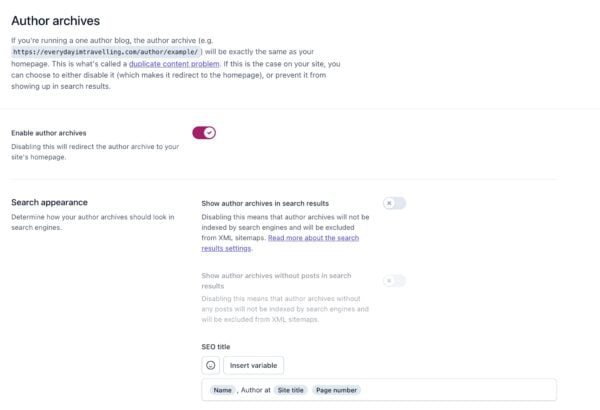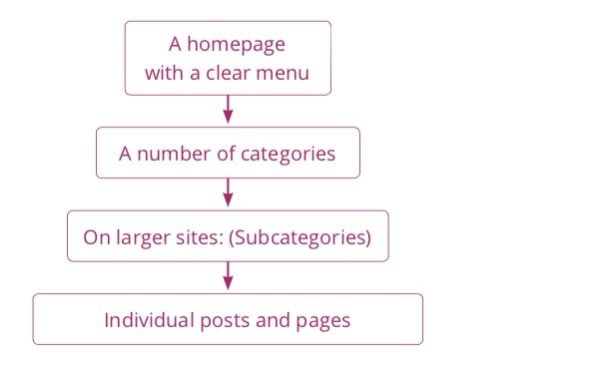Some alternative and integrative medicine approaches might be helpful in reducing acne:
- Tea tree oil. Gels containing at least 5% tea tree oil may be as effective as lotions containing 5% benzoyl peroxide, although tea tree oil might work more slowly. Possible side effects include minor itching, burning, redness and dryness, which make it a poor choice for people with rosacea.
- Brewer's yeast. A strain of brewer's yeast called Hansen CBS seems to help decrease acne when taken orally. It may cause gas (flatulence).
More research is needed to establish the potential effectiveness and long-term safety of these and other integrative approaches, such as biofeedback and ayurvedic compounds. Talk with your doctor about the pros and cons of specific treatments before you try them.
Lifestyle and home remedies
You can try to avoid or control mild or moderate acne with nonprescription products, good basic skin care and other self-care techniques:
-
Wash problem areas with a gentle cleanser. Twice a day, use your hands to wash your face with mild soap or a gentle cleanser (Cetaphil, Vanicream, others) and warm water. And be gentle if you're shaving affected skin.
Avoid certain products, such as facial scrubs, astringents and masks. They tend to irritate the skin, which can worsen acne. Too much washing and scrubbing also can irritate the skin.
-
Try over-the-counter acne products to dry excess oil and promote peeling. Look for products containing benzoyl peroxide and adapalene as the active ingredients. You might also try products containing salicylic acid, glycolic acid or alpha hydroxy acids. It may take a few weeks of using a product before you see any improvement.
Creams are less irritating than gels or ointments. Nonprescription acne medications may cause initial side effects — such as redness, dryness and scaling — that often improve after the first month of using them.
- Avoid irritants. Oily or greasy cosmetics, sunscreens, hairstyling products or acne concealers can worsen acne. Instead, use products labeled water-based or noncomedogenic, which means they are less likely to cause acne.
- Protect your skin from the sun. For some people, the sun worsens the discoloration that sometimes lingers after the acne has cleared. And some acne medications make you more susceptible to sunburn. Check with your doctor to see if your medication is one of these. If it is, stay out of the sun as much as possible. Regularly use a nonoily (noncomedogenic) moisturizer that includes a sunscreen.
- Avoid friction or pressure on your skin. Protect your acne-prone skin from contact with items such as phones, helmets, tight collars or straps, and backpacks.
- Avoid touching or picking acne-prone areas. Doing so can trigger more acne or lead to infection or scarring.
- Shower after strenuous activities. Oil and sweat on your skin can lead to breakouts.





